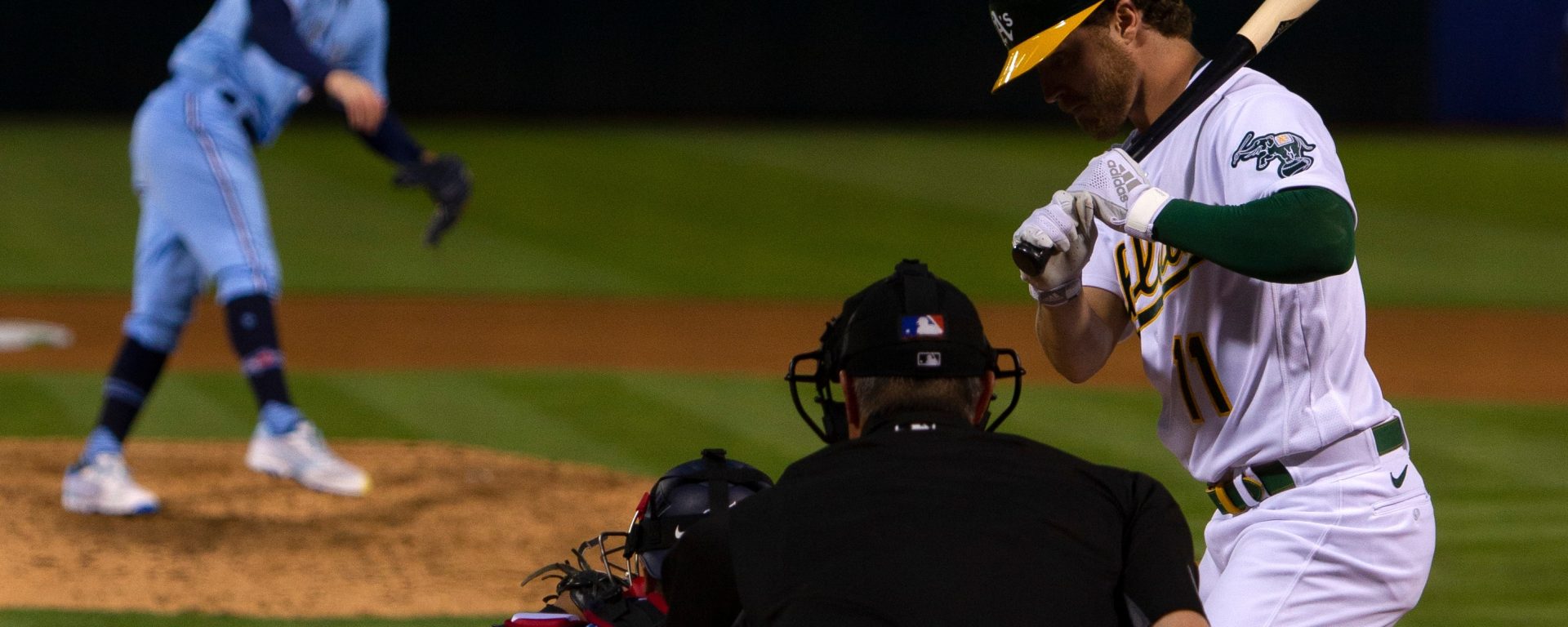The introduction of a pitch clock and other changes sped up Major League Baseball this past season and to general approval, larger viewing audiences, and even most diehard traditionalists seem to be happy. When I published my report “Criminal Justice for the 21st Century” in 2012, I was characterised by one reporter as taking a “Moneyball approach to justice”. Anne Milgram in The Atlantic also asked why smart statistics had changed baseball but not our approach to crime and punishment.
Dipping back into the analogy what, if anything, can we learn from the recent changes to the major league baseball rules? There seem to be several parallels and lessons to learn:
- Rule changes work. Although culture eats strategy for breakfast in both baseball and the justice system, culture is dynamic and shaped by rules.
- Enforcement can be as important as having a rule. For the rules to operate as incentives, they need to be enforced. The change to a pitch clock was as much a change of enforcement than a change in the rules.
- Institutional resilience includes both stability and reform. Baseball prides itself on its history, including comparing players who played a century apart. Despite this, when the contest between pitchers and hitters has come out of whack, the rules have been changed to maintain the balance and appeal of the game.
- The players have never initiated change; rather, they have always responded to rule changes — even in the modern era when the players’ union is a powerful force.
The pitch clock has added immediate ball and strike consequences to the small delays that had come to plague the game: fiddling with batting gloves, scuffing the pitching mound and just fiddling. The cumulative savings in time of these small contractions has been dramatic: games are now 20 minutes shorter, and the pitch clock keeps the pace up even as game tension mounts.
The thing is, as Ben Lindbergh noted, MLB has long had a pitching limit—it just wasn’t enforced. The first attempt at a pitch time limit was 1901 in the National league. Since 1957, there was a pitching limit of 20-seconds. In 2006, it was changed to 12-seconds. Most umpires continued to follow the 20-second rule but they used it more as a guideline than a rule. This was unnoticed by many fans: a testament to the rule that having a rule is not enough. Perhaps that rule needs a name to become better accepted?
The game’s owners through the Commissioner’s Office have a long history of responding in their collective self-interest, including strike-outs and walks to limit the time at-bat, putting in the live ball to increase scoring, lowering the pitching mound to increase batting, and other innovations. The rules have a consistent theme: give the customers what they want; keep the offence and defence in balance; keep the game faithful to its essence. Surely we can do the same within the justice system.
